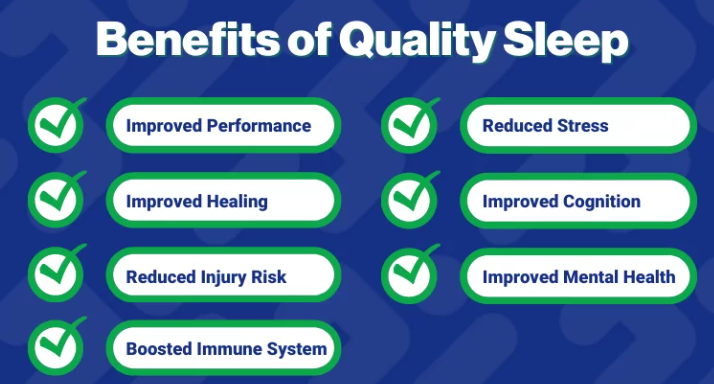It’s a common saying that sitting in front of a computer screen for hours on end is bad for your eyes… and sadly, it’s true! Computer Vision Syndrome (CVS) is a growing problem, and symptoms include dry or itchy eyes, blurred vision, eyestrain, and headaches. However, there are a few ways to fight the damage and ensure your vision is as unaffected as possible.
The first step is simple: place digital screens like computers and mobile devices below your line of sight, just like you would a book or magazine. Having the screen directly in front of our face is considered an unnatural position, and it can strain our poor eyeballs. “The top of the screen should be level with the eyes of the user, allowing for a slightly lowered viewing angle,” said Jeffrey Anshel, founder of Corporate Vision Counseling.
Even with the screen at the correct level, we’re still left working on the computer for hours on end, which can push our vision to the limits. This is why it’s important to remember what Anshel calls the three “Bs” – blink, breathe, and break. When we’re sitting in front of a computer screen, the number of times we blink decreases dramatically, and our eyes are left dry, itchy, and irritated. Breathing ensures a steady flow of oxygen to exhausted eye muscles. Also, taking a break gives our eyeballs a chance to rest. “Our eyes are just not designed to be used at that close distance for a long period of time,” said Anshel. “Remember the 20-20-20 rule: Every 20 minutes, take 20 seconds and look 20 feet away.”
Studies have should that around 50%-90% of people who deal with computers regularly experience some form of Computer Vision Syndrome, so it’s important to keep these steps in mind. “We definitely see a lot of people who complain of eyestrain,” said Dr. Brian Boxer Wachler, who practices ophthalmology (diseases of the eye). “Hours upon hours of close focusing without taking a break is usually the main culprit.”











